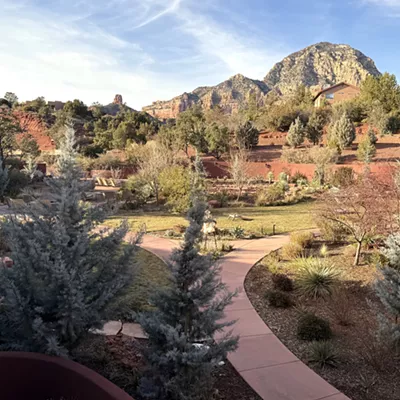Before the footprints came the photographs.
Before Neil Armstrong could take his one small step, a camera-carrying spacecraft made a big crash, by design, transmitting more than 4,000 images of the moon back to Earth as it hurtled toward the lunar surface.
In charge of the scientific team for NASA's Ranger 7 spacecraft was the University of Arizona's Gerard P. Kuiper, a brilliant but prickly astronomer picked to reverse the fortunes of a program that had seen failure after failure.
And on July 31, 1964, sleep deprived and with just the barest time to process and examine the first photographs, Kuiper led a nationally televised, prime-time press conference from NASA's Jet Propulsion Laboratory in Pasadena.
"This is a great day for science and this is a great day for the United States," Kuiper beamed, his steady voice still carrying a Dutch accent. "What has been achieved today is truly remarkable. We have made progress in resolution of the moon not by a factor of 10, as the Ranger pamphlet hoped would be possible with this flight, nor by a factor of 100, which would have been already very remarkable, but by a factor of 1,000."
The stirring press conference was Kuiper's finest hour, says Ewan A. Whitaker, one of the research assistants who followed Kuiper from the University of Chicago to Tucson in 1960 to create the Lunar and Planetary Laboratory. Whitaker, himself a world-renowned expert in lunar cartography and names, says the Experimenter team took just a moment to bask in the headlines trumpeting the United States' first successful moon mission. Months of work followed to produce a comprehensive report on the findings gleaned from 4,316 photographs. Not to mention Ranger 8 and Ranger 9.
The space race was accelerating—and after Sputnik, Yuri Gagarin and the fuzzy Luna 3 pictures of the far side of the moon, the Americans had finally beaten the Soviets to something.






